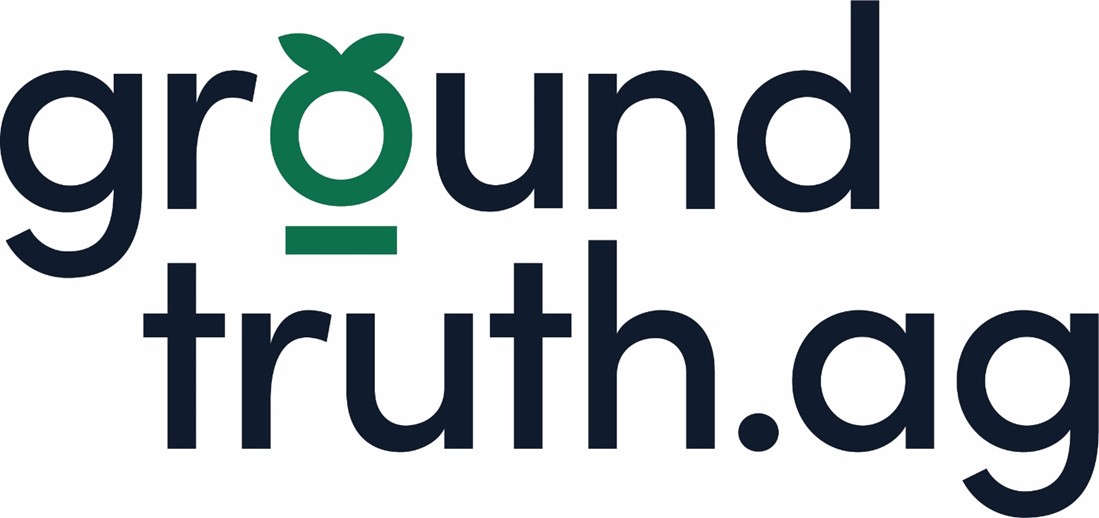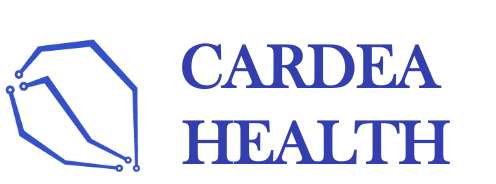
Summary of proposals for public release:
Alpha-EL AI Surveillance Technology: Machine Learning and Full Stack development in Yukon
Partner organization

Funding sources

Bridging the digital divide in Saskatoon: Exploring the benefits of providing free Wi-Fi to regions and demographics with low access
There are two distinct areas of research that will be undertaken by the Sask Polytech interns. First, they will investigate the impact of building materials on Wi-Fi signal strength, assist in troubleshooting issues with the installed system, and provide statistics on the Wi-fi system’s performance. Second, they will perform analysis on the utilization of the system. The investigators are not interested in any specific types of data but rather interested in the amount of data being transferred as a demonstration of service utilization. The intersection of these two research areas will help determine how to better design future instances based on neighbourhood building materials and Wi-Fi data usage. If the pilot program is successful, the results from this research will be used to inform future Wi-Fi installations in other neighbourhoods.
Partner organziation
Funding source
Combining machine learning/artificial intelligence with voice and gesture control on a virtual reality platform
This includes voice recognition, gesture-based commands, advanced machine learning/artificial intelligence for non-player characters, and dynamic difficulty adjustment based on assessment of the player’s skill. Although aspects of these components have been demonstrated in the research literature on an individual basis, there has been little research on how to incorporate them together on a single platform, (e.g., a current, low cost, off-the-shelf VR system). DICE will collaborate with T1S in developing the software platform necessary to achieve this goal.
Partner organization
Titan1Studios
Funding sources

Titan1Studios
Developing localization systems for autonomous equipment operation
The impact of these technologies is only beginning to be felt in the area of inspection for critical infrastructure. The maintenance of critical infrastructure is essential to the functioning of our economy, and yet inspection can be difficult over long distances such as pipelines and power lines; in harsh environments such as nuclear reactors; or in difficult to access locations such as under water. Remote sensing on remotely piloted platforms allow for all of this and more. The National Research Council (NRC) has active partnerships with Transport Canada and the Consortium for Research and Innovation in Aerospace in Quebec (CRIAQ) to establish national research initiatives exploring new applications and key challenges to the adoption of these emerging technologies.
The proposed Canadian Unmanned and Remote Sensing Innovation Network (CURSIN) combines the expertise of three leading colleges across the country and supports critical infrastructure providers and partners in adopting RPAS and remote sensing. Mohawk College, the Southern Alberta Institute of Technology and Saskatchewan Polytechnic offer complimentary skills and resources in key research themes including RPAS operations, beyond visual line of sight (BVLOS) applications, photogrammetry and bathymetry of critical infrastructure, data analytics for LiDAR and sensor data collected using RPAS platforms. In partnership with SMEs and large operators across the country, this new network will accelerate the adoption of RPAS in Canadian industry by leveraging leading edge RPAS systems and sensors, and by training a new generation of pilots and experts in remote sensing.
Partner organization
Applied Research and Technology Partnership
Funding sources
Applied Research and Technology Partnership

Duesytech
Traditionally this is done through the application of a recommender system. However, given the sparse nature of the current data set the application of self-supervised recommendation is anticipated to yield better recommendations. By applying machine learning to match what customers’ needs for technical services with technicians, Audio Concepts will be able to move Duesytech forward to provide customers and technicians with more robust technical matching services as well as enhanced online shopping experience.
Partner organization
Audio concepts Inc.
Funding sources
Audio Concepts Inc.

Duesytech Online
This project aims to enable Duesytech Online to provide services to match a customer’s technology service needs with the technologist or technician (tech) who is best equipped to provide that service. This matching is achieved through machine learning (ML) algorithms that are applied to find the best match given all the criteria set by the customer. The customer-tech match system will be integrated with an online store, where customers can buy deeply discounted consumer goods and technology supplies.
There are several significant challenges in this area, such as discovering and maturing ML algorithms to match customers’ needs for technology services with techs, the sparse nature of the current data set, and testing ML algorithms against large sets of data. This project will implement technological advances in the area of ML technologies to overcome some of these difficulties. The results of the proposed research will mature Duesytech to provide customers with more robust tech match services as well as enhancing the virtual mall shopping experience.
Partner organizationDuesytech Online
Funding sources

Enterprise Resource Planning platform for small- to medium-sized enterprises
With enterprise resource planning (ERP) software, an organization can manage their entire business. These products contain many modules such as accounting, human resources, inventory management, etc. This software comes with a huge price tag so Levis Media Inc. strives to create an affordable solution for SMEs.
Partner organization
Levis Media Inc.
Funding sources
Levis Media Inc.

Grading wheat using machine learning
Grains that achieve these parameters can be segmented and mixed with varying qualities of grains. If done correctly, the average price of the grain can be raised, however if done incorrectly or accidentally, the premium pricing on grains can be lost.This system relies on accurate grain samples being completed prior to mixing grain. Grain growers face several challenges related to the quality of their grain and they are beginning to look to precision agriculture for solutions. Except for harvest data such as location, moisture and weight, current methods of obtaining harvest data are often aggregated. For example, grain samples are taken for offsite testing after grain has been moved into a grain cart or a grain bin. Often this means that the grain isn’t uniformly mixed before obtaining a sample which can result in test result variations. This can result in mispricing of grain or even rejection of a delivery. It also means that location, moisture and weight data are stored separately from the remaining quality data.
Ground Truth Ag is working with Sask Polytech to create a grain grading tool that reflects quality data more accurately at the time it is harvested. This will allow growers to market their grains with confidence. This project focuses on using machine vision tools for accurate identification of damaged Canada Western Red Spring Wheat kernels.
Partner organization

Funding sources


Grain quality, traceability and decision-support system for the agriculture sector
VeriGrain Sampling Inc. has produced a system to automatically perform grain sampling and data management. They want to build on to their mobile app to provide further functionality for growers, buyers and consumers of the agriculture industry. This applied research project focuses on increasing grain quality identification and traceability as well as providing a Decision Support System. VeriGrain will work with DICE to create this product, which will maximize profits for the agriculture industry.
Partner organization
Funding sources

Improving the user experience using distributed analytics and user modeling
Those that have similar preferences can then be used to decide what else might be useful. In a shopping application, it usually appears as the statement, "others that bought this item also bought...". Refresh Enterprises, Inc. (Refresh) is a marketing firm that operates in the interactive marketing niche. The company's goal is to create a flexible framework that supports multi-device access to an adaptive and personalized presentation of content and resources. Working with DICE, Refresh will work on a prototype or proof-of-concept mobile application they have created to help users navigate the complex space of mental wellness information and services. This project will modify this common strategy to not only look at how users are similar but how the information itself is similar. The group will explore how this modified strategy can produce better recommendations. The modified strategy will tax the mobile device's abilities further, so ways of using Internet resources to share the load will also be looked at.
Partner organization
Refresh Enterprises, Inc.
Funding sources

Refresh Enterprices, Inc.
Laying the foundation for NLP-powered automated text extraction from unstructured medical records
DICE and Cardea Health (Cardea) will collaborate on the research for development of a prototype that will automate the process of text extraction from unstructured Electronic Health Records (EHRs). The purpose of this project is to preprocess and prepare an available EHR data for later training an AI-based Natural Language Processing (NLP) model for clinical trial selection and diagnosis prediction.
Partner organization

Funding sources


Using knowledge graphs and AI to recognize similarities between politicians
IOTO is working in partnership with Sask Polytech's DICE to help them discover how
machine learning and big data techniques can be used to conceive political career
metrics and comparisons. This project demonstrates how political data can be standardized,
collected, stored, and presented in order to support insightful cross-jurisdictional
comparison of governance performance.
In data analysis, there are differing approaches taken with respect to the discovery
of information and patterns within large data sets. IOTO International Inc. is a non-partisan
analytics company based in Vancouver, BC that specializes in the use of AI to gain
insights from political data and deliver high-quality factual political content at
low cost. IOTO's work is recognized as being innovative by UNESCO’s International search Centre on Artificial Intelligence.
The company has gathered and classified large municipal, provincial, state and national
datasets and is in the process of obtaining more political data by using Natural Language
Processing of political audio. By determining how to classify and store political
and governance data, IOTO will be able to provide media and other organizations with
more robust analytics on legislators’ actions and performance in government.
Partner organization
IOTO International Inc.
Funding sources
IOTO International Inc.
![]()

Using machine learning to detect assets within 3D depth scans
Antea is looking to enhance the editing features of their Inspection Data Management System (IDMS), specifically for identification and detection piping componentsin their LiDAR data. They are working in collaboration with the Digital Integration Centre of Excellence Technology Access Centre (DICE) at Saskatchewan Polytechnic (Sask Polytech) to develop a prototype for asset detection and feature extraction.
This prototype will be incorporated into Antea’s current web-based platform to enable object identification and feature extraction from LiDAR point cloud data. The purpose of this project is to investigate and improve edge detection, object detection, and object identification algorithms. This will allow for efficient and accurate automated asset management in industrial plants, such as refineries and petrochemical plants. Antea will accelerate the digital twinning process for the industrial sector.
Partner organization
Funding sources

